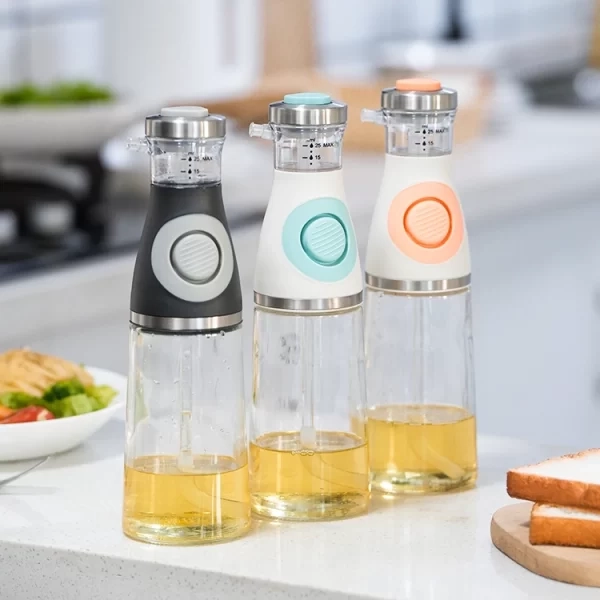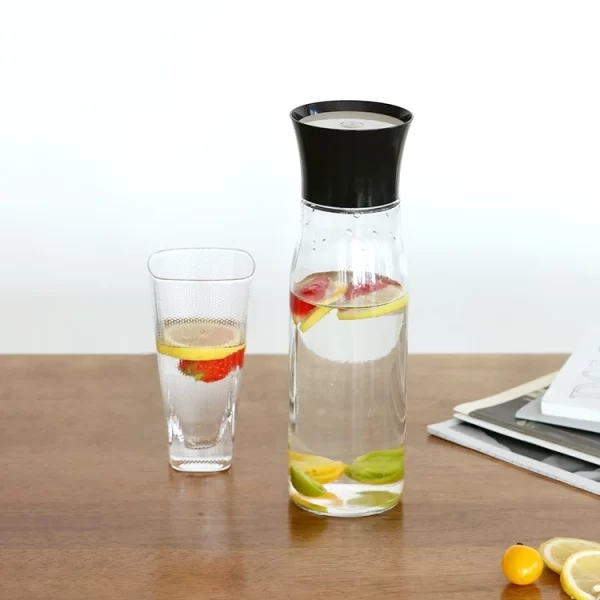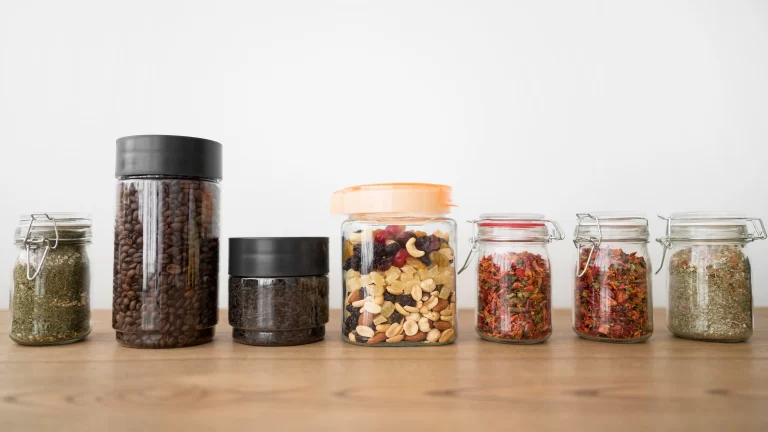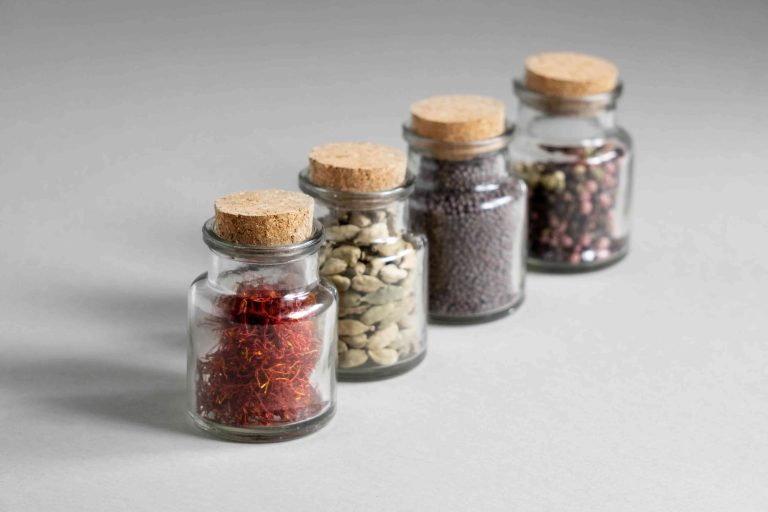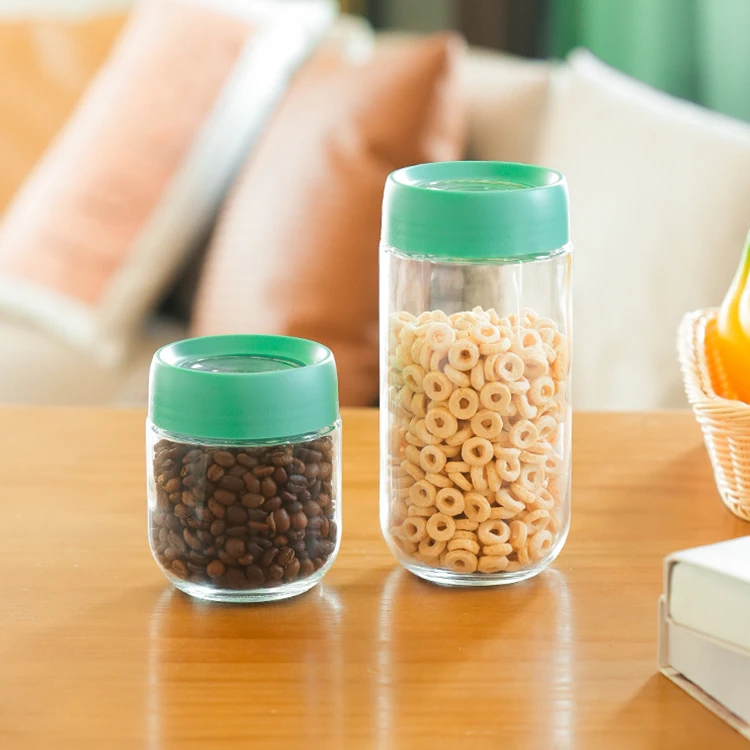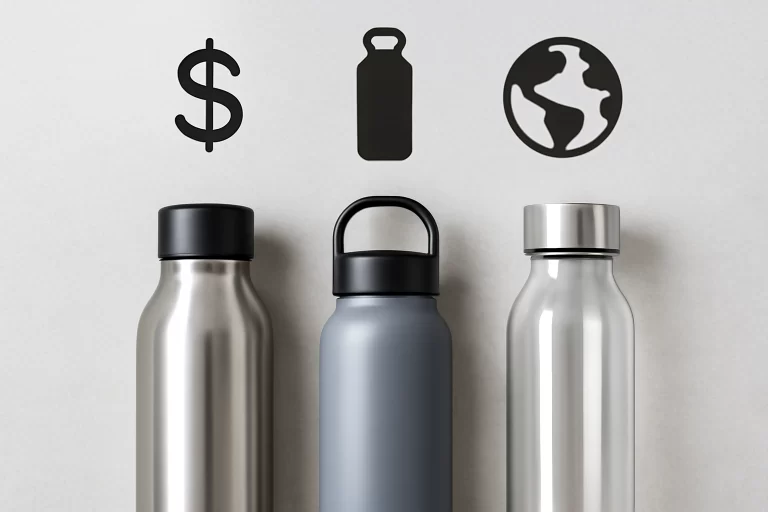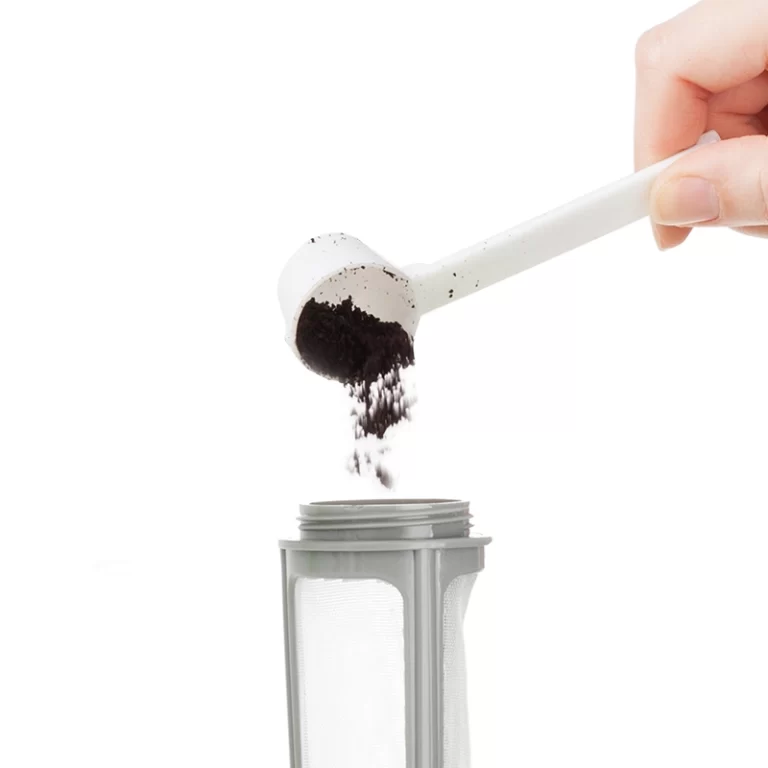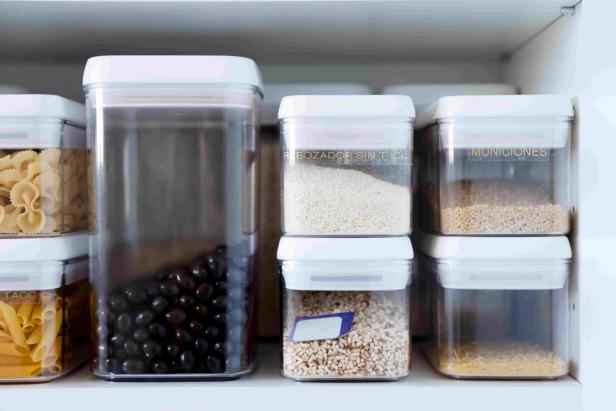Airtight food storage boxes are vital for keeping food fresh, safe, and tasty. By stopping air and dampness from getting inside, they slow decay and protect quality. But what actually makes a box airtight? Things like seal style, materials, and building all matter a lot. In this guide, we’ll look at the science behind airtight storage. We’ll also learn how to pick the best boxes for your needs.
What Makes a Food Storage Container Truly Airtight?
Airtight food storage boxes are very important. They help keep food fresh, safe, and good. Whether you save extra food, dry items, or meal prep parts, the seal’s strength can change things a lot.
The Science Behind Airtight Seals
These boxes stop air from moving in or out. They do this through a vacuum or close-fitting seal. When air stays inside, it adds oxygen. This oxygen can cause rust-like spoilage and tiny living things to grow. A strong airtight seal cuts down this contact. This keeps food better for more time by slowing rotting steps.
Materials Commonly Used for Effective Sealing
How well a box seals often links to its materials. Silicone is very popular. It bends easily and lasts under hot and cold conditions. Rubber is also common. But it tends to break down faster over years. These materials shape around the box’s top or edge. They form a solid wall against air and wetness.
How Seal Design Impacts Freshness Retention
Seal style directly changes how well a box keeps food fresh. Some boxes use one-seal setups. Others use two seals for extra safety. The tighter and smoother the seal over the top’s face, the better it works. It stops leaks and saves what’s inside.
SinoGlass knows airtightness isn’t just sealing. It needs careful engineering. They use top silicone materials and modern making methods. This gives steady results across all their goods.
How Do Different Types of Seals Compare?
Picking between seal types depends on your needs. Think about easy opening, leak stopping, or long keeping.
Silicone vs. Rubber: Which Performs Better?
Silicone seals usually last longer. They also handle heat changes better. They stay stretchy over months without cracking or drying. Rubber seals feel softer at first. But they break down faster with regular cleaning or high heat.
Snap-Lock Lids vs. Twist-On Lids
Snap-lock tops give fast entry. You hear a click when they close right. Twist-on tops let you control tightness better. But they might take more time to lock. Each type has good points. Your choice depends on wanting speed or safety.
Single-Seal vs. Double-Seal Mechanisms
Two-seal setups add another shield. They make two meeting points between the top and box. This lowers leak chances and helps food stay good longer.
SinoGlass adds two-seal tech in many boxes. This gives users calm feelings through top leak-proof work.
Can Poor Sealing Affect Food Safety and Shelf Life?
Yes—weak sealing can harm both safety and how long food lasts. It lets bad things enter.
The Link Between Seal Integrity and Bacterial Growth
Air brings tiny living things into a loose-sealed box. Wet places plus oxygen make great spots for these things to grow. This is especially true for quick-spoiling foods like milk or cooked dishes.
Moisture and Odor Control in Well-Sealed Containers
Airtight boxes block outside wetness from leaking in. They also stop inside wetness from leaving. This keeps crunch in dry foods like biscuits. It also stops smells from mixing between close-stored items.
Consequences of Air Leakage on Perishable Items
Even small air leaks can speed up spoiling. They do this by helping rust-like changes and fuzzy growth. This ruins taste. It also brings health dangers if eaten past safe times.
SinoGlass makes its boxes with exact-shaped seals. These help lower such risks. They keep steady airtight spaces.
Why Does Container Material Matter for Seal Performance?
The stuff used for both top and body is key. It changes how well a box keeps its seal for months.
Glass, Plastic, and Stainless Steel: Pros and Cons
Glass has no tiny holes. It won’t hold smells and works in microwaves. But it weighs more than plastic. Plastic feels light. Yet it might bend over time with strong heat. Stainless steel gives toughness. But you can’t see through it to spot contents fast.
How Material Flexibility Affects Long-Term Seal Quality
Hard stuff like glass needs very bendable seals. Silicone works well here. It fits small uneven spots on edges. Plastic boxes might bend a bit themselves. But they risk warping. This hurts seal strength later.
Temperature Resistance and Its Impact on Seal Durability
Boxes often used in microwaves or freezers must take hot and cold extremes. Their seals must not fail. Silicone deals with these jumps better than rubber or poor plastics.
SinoGlass picks top materials made for heat strength. They also make sure things work with today’s kitchen tools.
What Role Does Design Play in User Experience?
Beyond working well, easy-use parts make daily use much better for food boxes.
Ease of Opening vs. Security of Closure
There’s always a trade-off. Lids should open easily but not pop off by mistake. Comfortable grips or pull-tabs help users press evenly. This avoids hand strain.
Ergonomics and Convenience Features in Modern Containers
Stacking shapes save room. Clear marks help with portion sizes. See-through bodies let you know contents quickly. All these parts add ease during busy cooking times.
Innovations in Lid Technology Enhancing Everyday Use
Some makers now add steam holes in tops. These work for microwaves without opening. Others use smart-lock signs. These show when a box is fully sealed.
SinoGlass always improves its top tech. They create comfy lock systems and built-in steam vents. This answers changing buyer wishes.
Who Is SinoGlass Group and Why Are They a Trusted Supplier?
As people want better kitchen items, trusted sellers become key helpers in daily life.
Overview of SinoGlass Group’s Commitment to Quality
SinoGlass Group has aimed to give top glass items since 1995. They mix usefulness with nice looks. They use new making ways that meet world rules.
Product Range Focused on Superior Household Solutions
Their goods include drink sets, food boxes, kitchen tools & helpers. All are made exactly for long use at home or work.
Global Presence and Industry Certifications
With ISO9001 and other papers, SinoGlass sends goods worldwide. This shows they follow world safety rules. They also lead in new ideas.
Conclusion
Picking the best food storage box needs more than grabbing one. You must know how stuff, design parts, seal types, and maker fame all add to results. SinoGlass gives solid answers backed by years of skill. This keeps your food better longer. It also makes kitchen work smoother with smart new ideas.
FAQs
Q1: What is the best way to test if my container is airtight?
A: Fill the box with water. Shut the top firmly. Turn it upside down—if no water drips out after soft shaking, it’s probably airtight.
Q2: Do glass containers seal better than plastic ones?
A: Glass doesn’t change sealing power alone. But glass with strong silicone seals often gives steadier long-term airtightness. Plastic might bend over time.
Q3: How often should I replace container seals?
A: Check seals often for cracks or stiffness—usually every 6–12 months. It depends on use and heat or washer contact.


